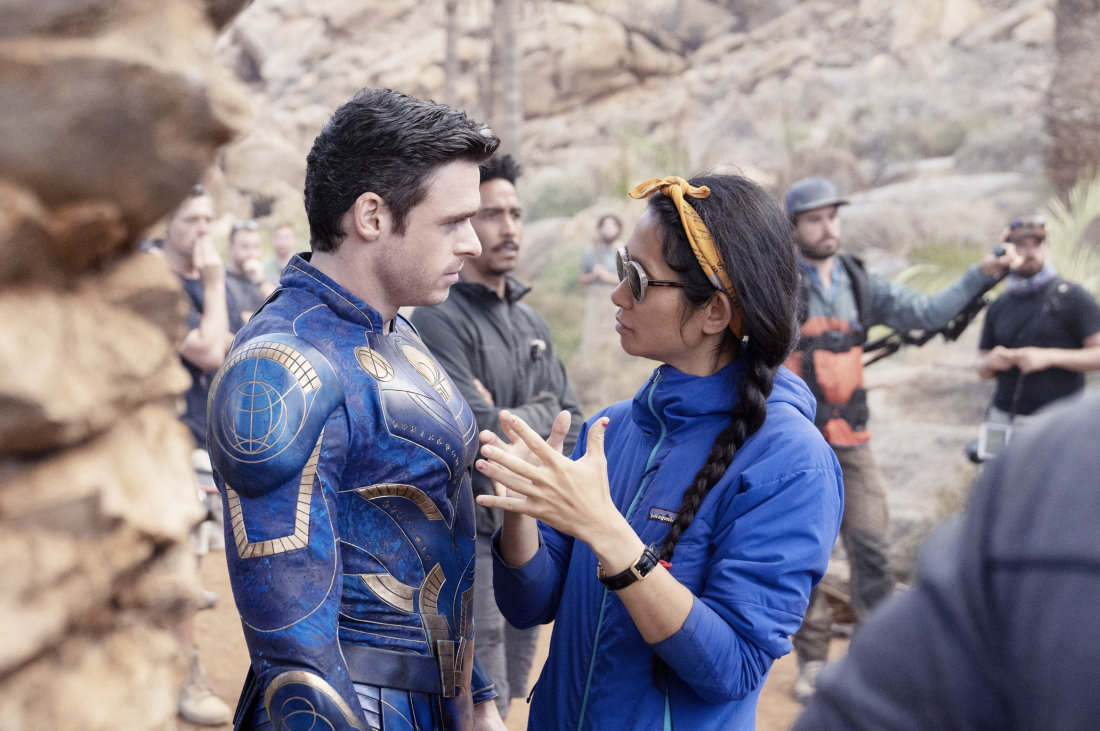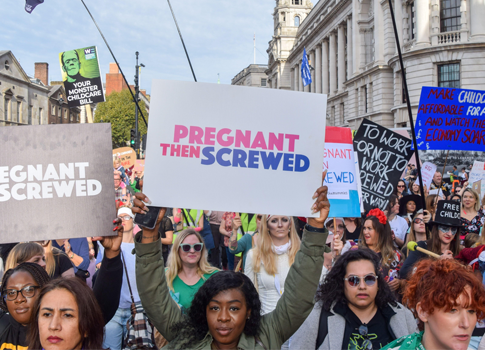No Longer Just a “Local” Film Festival: The Academy Awards Goes Global
I’ve written before in a previous This Week in Broadcast about South Korean director Bong Joon Ho’s historic 2019 Academy Awards success. Bong’s black comedy thriller Parasite became the first non-English-language film to ever win Best Picture, and is widely regarded to have inspired a new openness and enthusiasm for non-English-language films amongst American audiences.
Prior to his win, Bong had described the Academy Awards as “not an international film festival” but instead “very local” – a statement which only further endeared him to his legions of fans. Prior to Bong’s win, non-English-language films were largely confined to the Academy’s Best International Feature Film Award (previously known as “Best Foreign Language Film”.) This Award has caused significant controversy since its inception: some critics have argued that there should be no need for a separate international award; the selection and submission process is not standardised across all countries; and the Academy’s attempts to successfully define which territories should be classified as countries has, on occasion, unintentionally fanned the flames of geopolitical tensions.

Despite these criticisms, Best International Feature Film appears here to stay, with Japan, Denmark, Italy, Bhutan, and Norway all represented in this year’s nominations. However, one noticeable change, from previous years, is that non-English-language films have become increasingly integrated into the rest of the ceremony.
Following in the footsteps of Parasite for 2019, and Alfonso Cuarón’s Roma (Mexico) for 2018, Ryusuke Hamaguchi’s Drive My Car (Japan) has bagged nominations for both Best International Feature Film and Best Picture – plus Best Director and Adapted Screenplay. Two other Best International Film nominees have also been acknowledged in other categories: Joachim Trier’s The Worst Person in the World (Norway) has been nominated for Best Original Screenplay, whilst Jonas Poher Rasmussen’s Flee (Denmark) is up for both Best Animated Feature and Best Documentary Feature.
There are a number of factors contributing to this shift. Outspoken directors like Bong Joon Ho and Alfonso Cuarón have attracted considerable media attention to their projects; audiences are becoming increasingly comfortable with what Bong has described as “the one-inch tall barrier of subtitles”; and a combination of streaming services and digital marketing have resulted in greater exposure for non-English language films. The Academy, as an organisation, has also become increasingly diverse: roughly 25 percent of the Academy is now comprised of non-U.S voters.
As the film industry slowly recovers from the COVID-19 Pandemic – with both box office revenue and the number of new releases increasing – it seems likely that we will also see a greater number of non-English-language films receiving widespread distribution and accolades.

Streaming Services are Leading the Charge in Hiring a Diversity of Directors.
The Annenberg Inclusion Initiative – a think tank based at the University of Southern California’s Annenberg School for Communication and Journalism – has released its latest study about diversity within the world of entertainment. The study, published on Wednesday, is entitled “Inclusion in the Director’s Chair: Analysis of Director Gender & Race/Ethnicity Across 1,500 Top Films from 2007 to 2021.”
Major findings include that the COVID-19 Pandemic has not resulted in a decline of the number of women directors. Working with a sample of the top-grossing films each year, the AII found that whilst the percentage of women directors had dropped since 2020 (from 15% to 12.7%) this still marked an increase from 2019 (10.7%) – and an even more prominent jump from 2018 (4.5%).
27.3% of the top-grossing films of 2021 were directed by filmmakers of underrepresented ethnicities – an increase on 2021, and the highest percentage since the study began. However, this is still not reflective of the ethnic diversity of the US (according to the census, 39.9% of the US population are non-white) and only three films were directed by women of colour – Chloe Zhao (Eternals), Liesl Tommy (Respect), and Nia Costa (Candyman).
The study also found that women of colour were more likely to be hired as directors by streaming services than traditional studios. In the period studied 37.5% of Amazon Prime original films were directed by women, and in the previous two years 15% of Amazon Prime films were directed by women of colour – in comparison to 5.3% of top-grossing theatrical films. Netflix and Disney Plus followed behind, and both either matched or excelled the efforts of traditional studios.
You can read more about the study, and see some of the data visually represented, here.
Advertising, HIV, and Being a Better LGBTQ+ Ally – Resources from Across the Media World
February is LGBTQ+ History Month, and in recognition Channel 4 have collated all of their 4Talks on LGBTQ+ issues into one collection, which you can watch here. I would particularly recommend “HIV and the Impact of Advertising”, which, amongst other topics, discusses when major media planning and buying agencies first began to focus on accessing LGBTQ+ audiences.
This week of the 7th – 13th is also National HIV Testing Week, This fascinating article from BFI charts how HIV/AIDS has been depicted on British television screens – from current affairs programming, to public health campaigns, to Channel 4’s smash-hit series It’s a Sin.
Finally, Outvertising, the advocacy group for LGBTQ+ inclusive advertising, produce a huge variety of resources – including a podcast, which features LGBTQ+ people and allies working in advertising and media.






